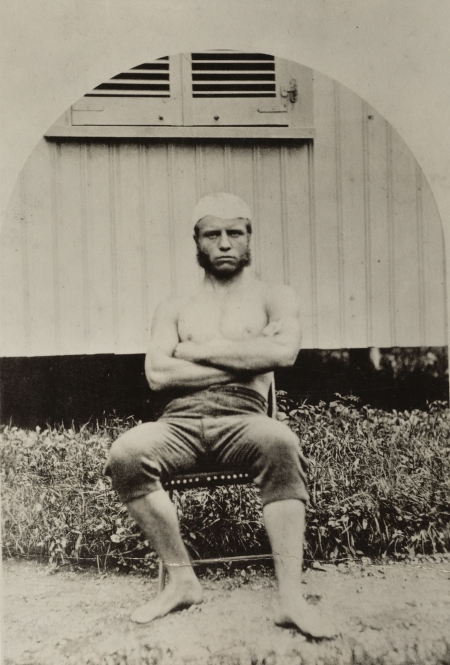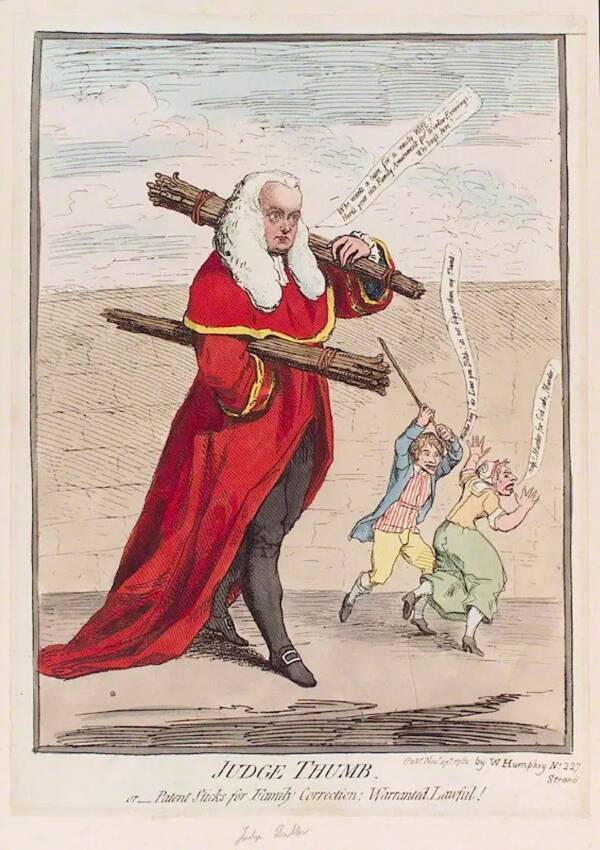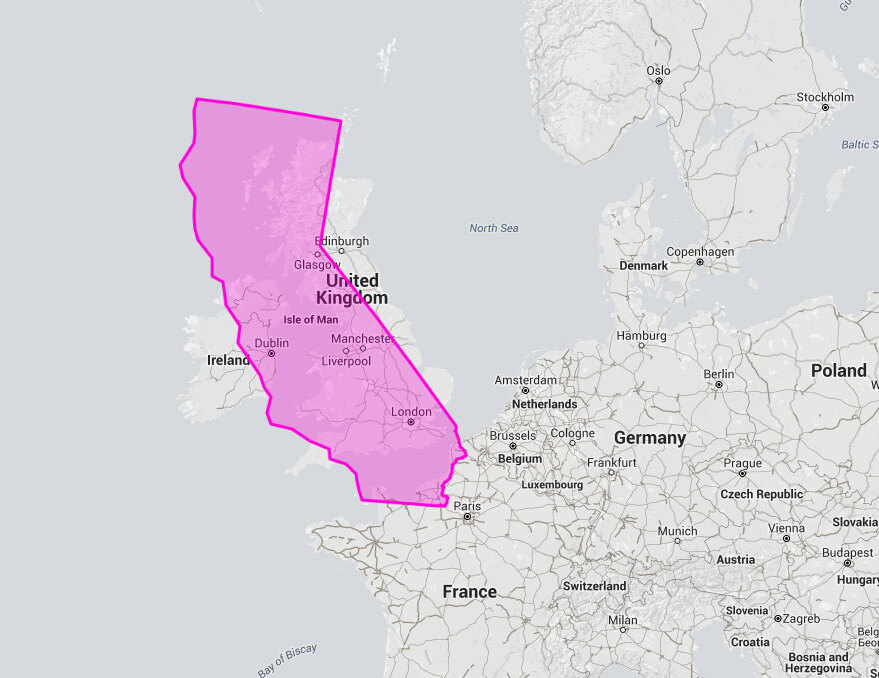10 of history's evilest leaders:
1. Pol Pot: Leader of the Cambodian revolutionary group Khmer Rogue, Pol Pot was a communist totalitarian dictator who ordered mass genocide on his own people. His regime imprisoned, tortured and destroyed those who opposed it.
Prisoners were subjected to horrific medical experiments, which often resulted in agonizingly drawn out deaths. Many prisoners, including babies and small children, were executed in the infamous Killing Fields and buried in mass graves. To save bullets, they were killed with pickaxes or smashed against trees.
During his reign as Prime Minister from 1976-1979, his policies led to the deaths of around 2 million people, about 25% of the entire population, from execution, starvation, and forced labor.
1. Pol Pot: Leader of the Cambodian revolutionary group Khmer Rogue, Pol Pot was a communist totalitarian dictator who ordered mass genocide on his own people. His regime imprisoned, tortured and destroyed those who opposed it.
Prisoners were subjected to horrific medical experiments, which often resulted in agonizingly drawn out deaths. Many prisoners, including babies and small children, were executed in the infamous Killing Fields and buried in mass graves. To save bullets, they were killed with pickaxes or smashed against trees.
During his reign as Prime Minister from 1976-1979, his policies led to the deaths of around 2 million people, about 25% of the entire population, from execution, starvation, and forced labor.
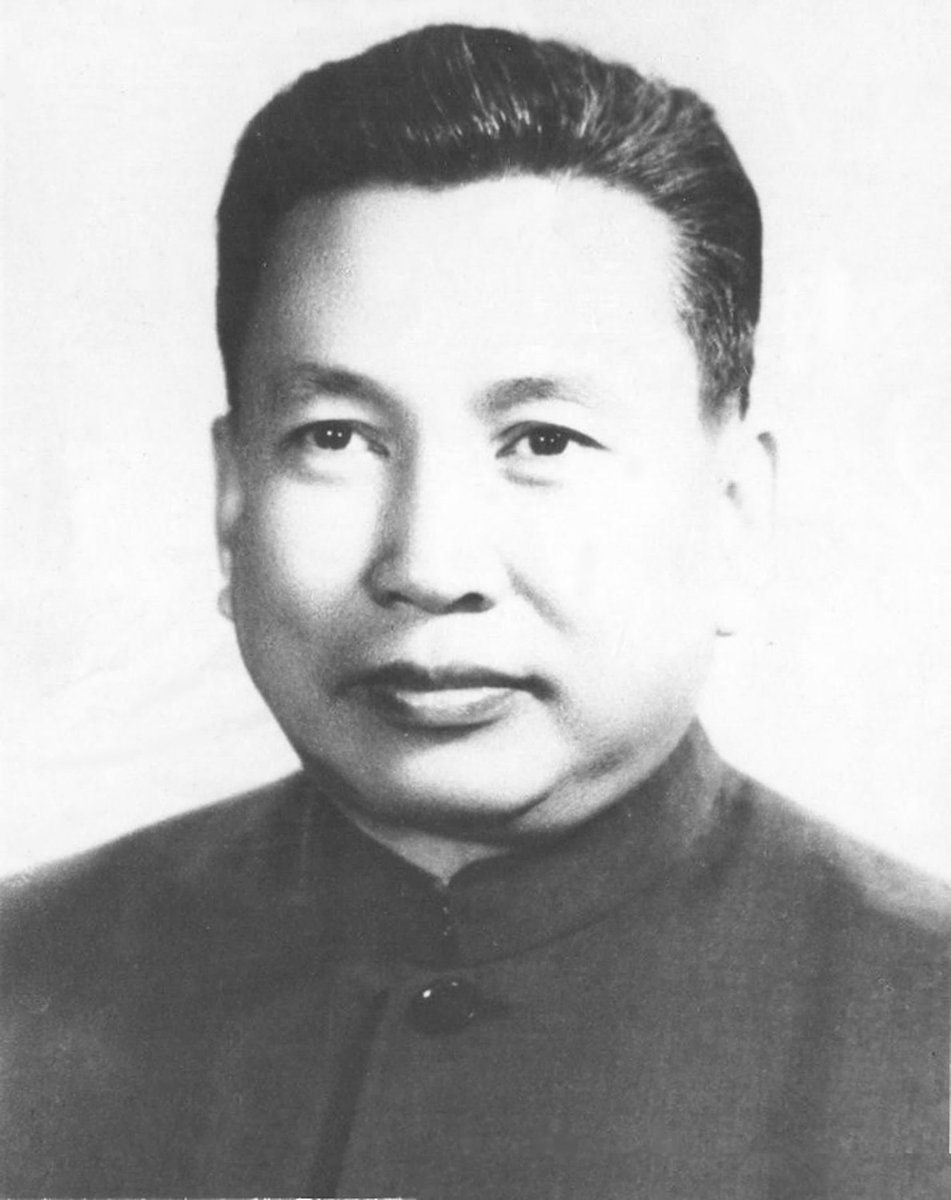
2. Leopold II: King of Belgium from 1865-1909, Leopold was a colonizer to his core. He claimed ownership of an area he called the Congo Free State, but its citizens were anything but free. Leopold exploited both the Congolese people and natural resources. The tyrant exported ivory to build his own personal wealth, but it was the labor-intensive collection and exportation of rubber tree sap that led to the majority of his atrocities.
Leopold forced the native population to harvest the rubber. When his insanely high quotas were not met, the people and their families were beaten, mutilated and killed. Leopold was responsible for the death of more than 10 million Congolese people, half of the population.
Leopold forced the native population to harvest the rubber. When his insanely high quotas were not met, the people and their families were beaten, mutilated and killed. Leopold was responsible for the death of more than 10 million Congolese people, half of the population.
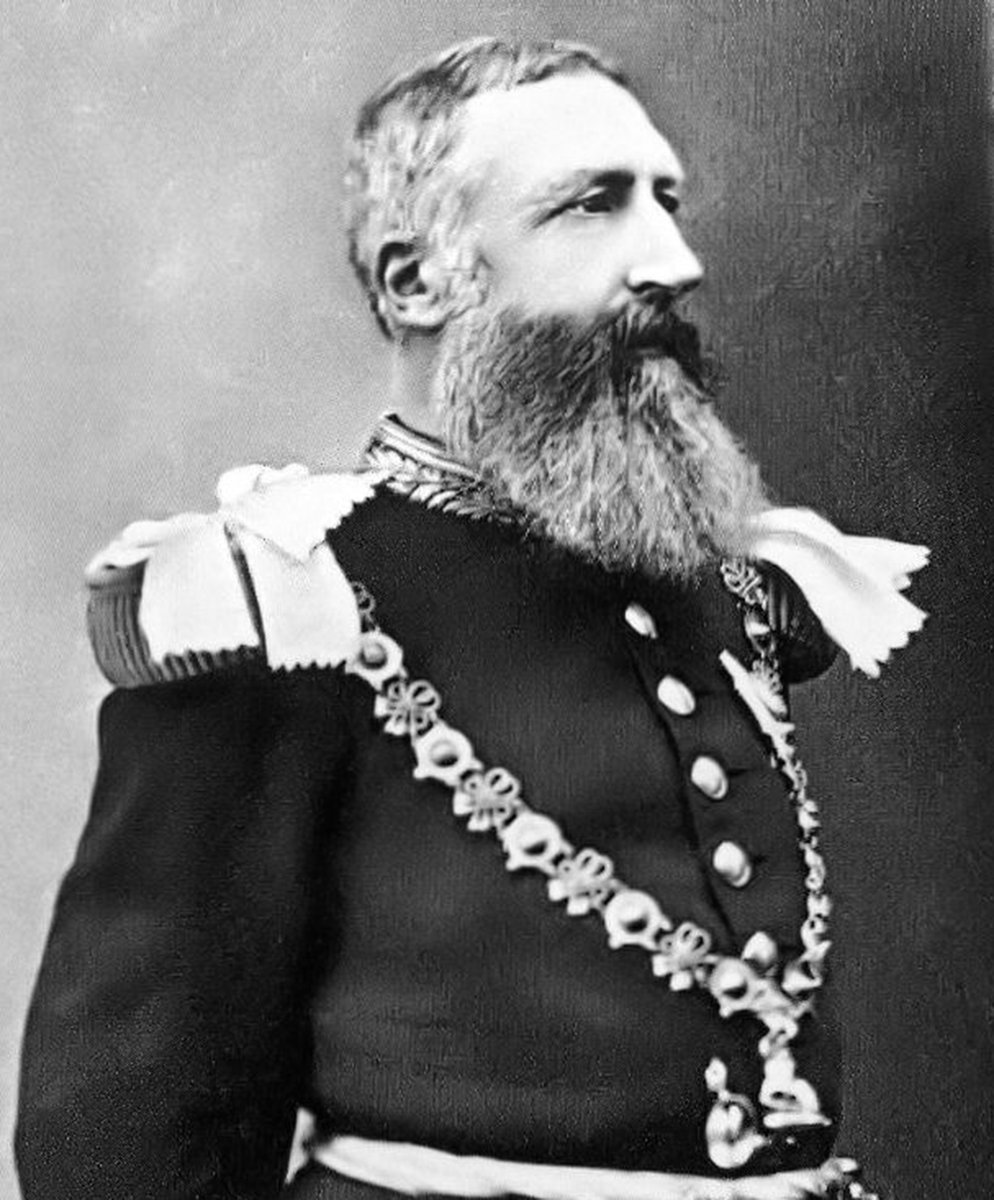
3. Kim Jong Il: The North Korean government under Kim Jong-il was regarded as one of the most repressive on the entire planet, with no freedom of religion, press or political opposition. With nearly every facet of day-to-day life controlled by the government, Kim Jong-il’s regime had hundreds of thousands of political prisoners wrongfully incarcerated.
During his regime, North Korea suffered through a famine, which was further exacerbated by Kim Jong-il’s mismanagement of land and the economy. Between 240,000 and 3.5 million North Koreans perished due to the four-year famine. Kim Jong-il’s oppressive and disastrous policies have continued under his son Kim Jong-un since the former’s 2011 death.
During his regime, North Korea suffered through a famine, which was further exacerbated by Kim Jong-il’s mismanagement of land and the economy. Between 240,000 and 3.5 million North Koreans perished due to the four-year famine. Kim Jong-il’s oppressive and disastrous policies have continued under his son Kim Jong-un since the former’s 2011 death.

4. Idi Amin: Dictator of Uganda in the 1970s, Amin came to be known as the ‘Butcher of Uganda’. He killed people by feeding them to crocodiles, claimed he was a cannibal, mutilated one of his wives and rearranged her limbs.
Amin's rule was characterized by rampant human rights abuses, including political repression, ethnic persecution, extrajudicial killings, as well as nepotism, corruption, and gross economic mismanagement. He killed and tortured around half a million people between 1971-1979.
Amin's rule was characterized by rampant human rights abuses, including political repression, ethnic persecution, extrajudicial killings, as well as nepotism, corruption, and gross economic mismanagement. He killed and tortured around half a million people between 1971-1979.

Here's what Amin had to say when asked about his thoughts on Hitler
5. Saddam Hussein: President of Iraq from 1979-2003, Hussein’s reign was one of political turmoil, war and human rights violations. From the very beginning, it involved attacks and the destruction of thousands of villages and the displacements and deaths of hundreds of thousands of inhabitants. During these attacks and forcible relocations, thousands of civilians were wiped out and seriously injured by chemical weapons.
Citizens were forced into silence and were wrongfully imprisoned if they spoke out. Political prisoners were subjected to beatings, torture and assault, which often proved fatal. Many prisoners also disappeared under mysterious circumstances. His policies made way for the death of not less than 2 million people. He ordered chemical attacks, eye gouging, beatings and severe shocks on people. He also recorded several tortures and deaths to watch them later. Saddam was found guilty of crimes against humanity and hanged in 2006.
Citizens were forced into silence and were wrongfully imprisoned if they spoke out. Political prisoners were subjected to beatings, torture and assault, which often proved fatal. Many prisoners also disappeared under mysterious circumstances. His policies made way for the death of not less than 2 million people. He ordered chemical attacks, eye gouging, beatings and severe shocks on people. He also recorded several tortures and deaths to watch them later. Saddam was found guilty of crimes against humanity and hanged in 2006.

6. Mao Zedong: Founder of the People’s Republic of China, Zedong’s policies led to the deaths of between 40 million and 80 million people. These casualties were mostly the result of starvation from the Great Chinese Famine that resulted from the agricultural policies of the Great Leap Forward. Still more people perished from torture and beatings, and others were killed in mass executions & prison labor.

7. Genghis Khan: Rule of the Mongol empire from 1206-1227, his ruthless military conquests are believed to have killed up to 60 million people. People were killed by having molten metal and silver poured into their eyes and ears. In one massacre alone, 700,000 people were killed. At another place, the poor were decapitated and the rich were tortured to find out where their treasure was. Women were sometimes raped in front of their families.
Hundreds of thousands had their lives ruined. It is said that if his army of men had no water they would cut a horse’s vein and drink its blood. He would use people as human shields. Hundreds of thousands became slaves. He would order you to be killed immediately if you were an enemy, if you betrayed him or if you were disloyal to him.
Hundreds of thousands had their lives ruined. It is said that if his army of men had no water they would cut a horse’s vein and drink its blood. He would use people as human shields. Hundreds of thousands became slaves. He would order you to be killed immediately if you were an enemy, if you betrayed him or if you were disloyal to him.

8. Joseph Stalin: Stalin was leader of the Soviet Union from 1922-1952. Although he did not create the Gulag system, Stalin took full advantage of it, placing millions of Soviet citizens in the prisons and labor camps. Political prisoners and other “undesirables” were locked away, tortured and destroyed.
Under his rule, more than 1.5 million German women were r*ped and in all, he is estimated to have killed over 15 million people. Stalin once said, “One death is a tragedy, a million deaths is simply a statistic.”
Under his rule, more than 1.5 million German women were r*ped and in all, he is estimated to have killed over 15 million people. Stalin once said, “One death is a tragedy, a million deaths is simply a statistic.”

9. Vlad the Impaler: Prince of Wallachia in the 15th century, Vlad’s rule was known for his extreme cruelty and the methods he used to maintain power. His preferred method of execution, impalement, was employed on tens of thousands of his enemies, including captured soldiers, criminals, and political rivals.
Vlad's reign was marked by a relentless pursuit of control and order through fear, with entire villages being impaled as a warning to others. He used psychological terror to deter invasions, displaying forests of impaled bodies to horrify and intimidate potential attackers. His brutal tactics earned him a fearsome reputation across Europe, and he became the inspiration for the vampire legend of Dracula.
Vlad's reign was marked by a relentless pursuit of control and order through fear, with entire villages being impaled as a warning to others. He used psychological terror to deter invasions, displaying forests of impaled bodies to horrify and intimidate potential attackers. His brutal tactics earned him a fearsome reputation across Europe, and he became the inspiration for the vampire legend of Dracula.

10. Adolf Hitler: This list would not be complete without Hitler. Dictator of Nazi Germany from 1933-1945, Hitler’s regime was responsible for the genocide of an estimated six million Jews and millions of other victims, whom he and his followers deemed Untermenschen (subhumans) or socially undesirable.
Hitler and the Nazi regime were also responsible for the deliberate killing of an estimated 19.3 million civilians and prisoners of war. In addition, 28.7 million soldiers and civilians died as a result of military action in the European theatre. The number of civilians killed during World War II was unprecedented in warfare, and the casualties constitute the deadliest conflict in history.
Hitler and the Nazi regime were also responsible for the deliberate killing of an estimated 19.3 million civilians and prisoners of war. In addition, 28.7 million soldiers and civilians died as a result of military action in the European theatre. The number of civilians killed during World War II was unprecedented in warfare, and the casualties constitute the deadliest conflict in history.

Who did I forget?
If you enjoyed this post, here’s another you should check out!
https://twitter.com/timecaptales/status/1793333506501755311
• • •
Missing some Tweet in this thread? You can try to
force a refresh


